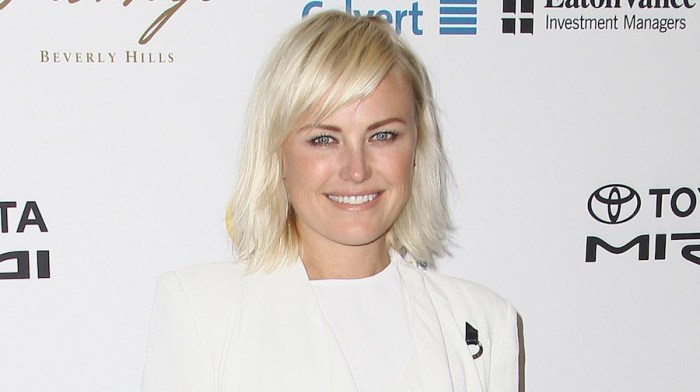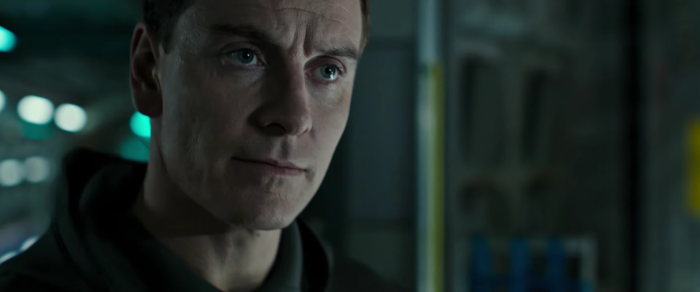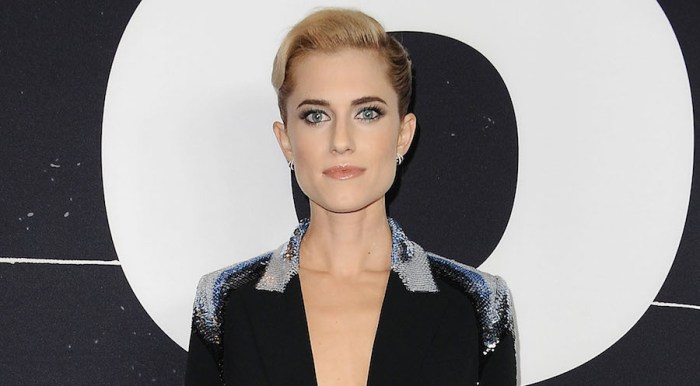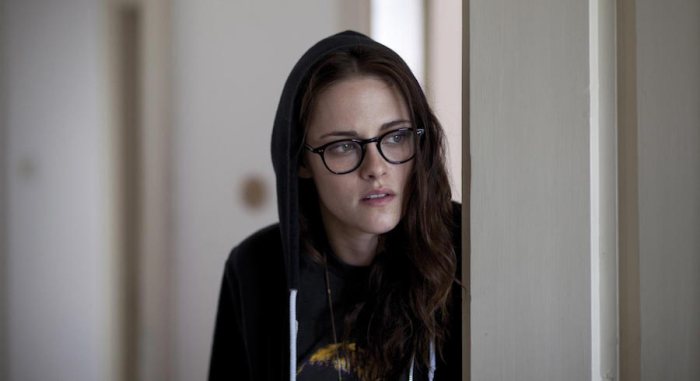Stephen and Timothy Quay rather you drink with them. There are two bottles of prosecco on the conference table as we speak, and if you finish your glass in the middle of talking — deep thoughts about the texture of images and the impulsive nature with which their acclaimed and often disturbing animated films are made — one of them will refill it with a big smile. They’re in New York to discuss the series “The Quay Brothers — on 35mm,” which starts at Film Forum and spreads through nine more cities. They include three of their shorts — including their most famous work, 1986’s haunting and grimy “Street of Crocodiles” — as well as “Quay,” a new, short documentary profile made by one of their biggest fans, hotshot filmmaker Christopher Nolan (who also selected the accompanying shorts). As eloquent and thoughtful as they are prone to giggles, the Quays also truly seem to share a single mind, regularly jumping into to build sentences, like tennis players in lockstep. As often happens in press profiles of them, we’ve chosen to attribute their responses — often built by both, sometimes word by word — to a single entity. I’ve been lucky to see a number of your films projected on 35mm. It’s a big deal that others get to see at least three of them in this program.
It’s certainly nice to see how they were originally shot and not digital projections. There’s an authenticity. You’re being true to the original impulse. We’ve accepted that things are going to be projected on DVD. You go to film schools and they don’t even have the proper equipment. They say, “You don’t mind that it’s on DVD?” What can you say? You watch again and again a diminished version of your work. RELATED: Christopher Nolan made a short film about legendary filmmakers with “Quay” It’s scary to think there are already those who don’t remember projected film in multiplexes.
The majority of the younger generation doesn’t understand why it should be seen on 35. It doesn’t make sense to them! There’s a whole grammar that’s been lost, a language that’s been lost. Why see it big when I can just see it [points to my phone] this big? Who cares about texture? And film is a living object. Every time you play it you kill it a little.
It’s gaining a history — a scratch here, there. You can autograph it. [Laughs]
We’re still, even some 15 years in, relatively new to digital, and we still haven’t figured out the textural language of video. You made the switch ages ago.
Texturally it records it perfectly. We have issues because we’re using low light. There’s banding issues. You get all those clusters of pixels collapsing on an image. You can’t chase it away. You have to work at a much higher rate, shooting raw images. But it can be hard to do that with 35, sometimes. You have to light for the dark, whereas with digital available light will register. Which is pretty amazing. There are other perks with digital too, surely.
It allows us to use the format as a studio laboratory system. You’re not at the mercy of sending things to the lab, waiting overnight. We’ve lost five hours already. With digital you get the results back instantly. You can monitor them to play back and you can immediately say, “Let’s retake the shot.” Right away you can build on the image. We do what we call “plates.” You shoot a separate scene knowing you can composite it. But we shoot all the plates. We don’t do CGI. It’s all silent film techniques, like mattes. It’s what Orson Welles was doing with “Citizen Kane.” Buster Keaton was doing that, and the German Expressionists. With film you might do 22 passes in the camera. Now you don’t have that danger of making passes where we can f— up. You’ve often spoken of embracing and loving mistakes and accidents — about stumbling on things you never imagined, while shooting, and then incorporating them into the work. Has that changed at all with digital? We’re still shooting for the camera. We’ve set up a situation on a table, which is our plateau. Certain things will happen that would be the same on 35 as it is on digital. You either take advantage [of an accident] or dismiss it. It’s not like you’re praying for an accident. Get down on your knees. [Laughs] When they happen they happen, and it can be the slightest chance encounter. There might be something that happens and we’ll say, “That’s even better than what we had foreseen.” It’s a tricky word, “accident.” In the sense of a chance encounter it’s great. But you can be quick to say, “Well, that’s not the right one.” It’s an unusual way to work. Animation, particularly mainstream animation, tends to be rigidly controlled.
It’s true, because your films are strictly storyboarded. Ours aren’t. Tim Burton or Aardman, they have 35 different cameras, 35 different animators doing precise sequences. If one of them says, “I had an accident. Can I use it?” Tim Burton would say, “You’re fired.” [Laughs] Our scripts are looser. It’s just the two of us. No one’s looking. On big productions everyone’s looking. There’s a strict time scale to get it done quickly. It’s merciless for those guys. They’re like factories.
They really are.
The directors are more like foremen.
It’s like “[Fantastic] Mr. Fox.” Wes Anderson — he wasn’t even there! [Laughs] He was in Paris in his pajamas, telling the animators how to do their job or ordering a reshoot. Sort of shocking in a way. Since it’s just the two of you you’re free to really explore, which shows in the work.
We know where the vision is going, but we’re open to bending it a little left or right. They just don’t have that freedom. But then, they make perfect films. We would say our films aren’t perfect, but they are going in certain directions. Our are always explorations of a theme. Or if they’re adaptations of other work — say, a short story by Bruno Schulz, as in “Street of Crocodiles” — they’re less straight adaptations than they are inspired by the originals. It’s a filtering. We’re trying to find an equivocal language without sabotaging the originals. We make a parallel universe that is independent of the text. But we use the text quite often. We respect the text so much. Maybe too much. RELATED: The makers of “Shaun the Sheep Movie” on how to make a movie with no dialogue How close to scripts are your scripts? I imagine there’s not many words on them.
It can be written on a page. They suggest a mood and a bit of a journey. It depends on who needs it. Wexner Center gave us money [for 2013’s “Unmistaken Hands: Ex Voto F.H.”]. I think they just wanted a slip of a page. They respected our work. They said, “We’re behind you. Just give us a hunch of where you’re going with it. The Mutter [Museum] is the same thing. They asked us to do a film [“Through the Weeping Glass”] and said, “Just give us an idea of what you want to do.” We can afford to be looser. In the Mutter Museum it’s very much hands-on. Sometimes you come upon an object you hadn’t seen when you were doing your initial explorations. And something hits you in a different way. I should ask about Christopher Nolan, who is not just a typical Hollywood film director but someone who has found a way of making intelligent films not only within the studio system but in a way that appeals to a wide range of people. What was your working relationship as he made the documentary profile “Quay”? We trusted him implicitly. He was just too intelligent. He was very hands-on. It was very refreshing and touching to see him wielding the camera and making decisions that are the ones we make, because you’re responding, genuinely, to the material, on the spot. He must have loved the speed he could work at [on “Quay”]. Can you imagine on “Interstellar,” waiting and getting the whole crew machinated together? “The Quay Brothers — on 35mm” runs through August 25 at Film Forum.
The Quay brothers on Christopher Nolan and embracing digital
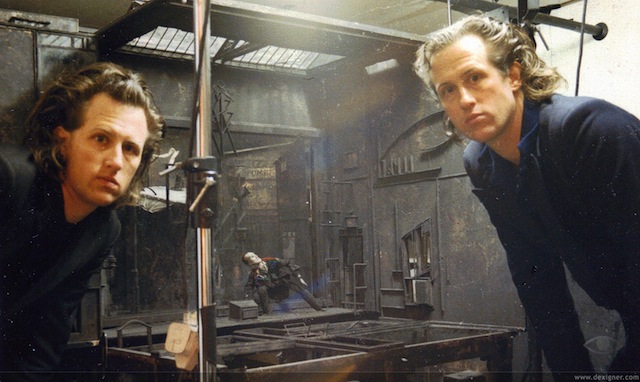
Provided
Follow Matt Prigge on Twitter @mattprigge
















